‘Cult’ is a denomination given to a certain group of people who share similar beliefs and follow similar customs. A controversial term in itself, ‘cult’ is a sociological classification of religious moments.
A matter of grave importance where sociological studies are concerned, cults have been known to have extremely complex social and political histories.
This brings me to the most interesting cults of India and so, here’s some of them dating back to the ancient Indian civilization that has witnessed their emergence.
Dera Sacha Sauda
Originally an NGO dating back to 1948 that worked for social and spiritual welfare, it was started by Mastana Balochistani. Dera Sacha Sauda has its HQ in Sirsa (Haryana).
After the passing away of the originator, the organization split into three major groups. Among them, one was the Sirsa group, led by Satnam Singh, who later appointed Gurmeet Ram Rahim to succeed him.
At present, the organization has about 46 ashrams (divisions) all over the world. The ”Naam” method was allowed only if the members accepted a certain set of 3 rules made by the organization for the rest of their lives.
The rules included a strict prohibition of consumption of meat, egg, alcohol, drugs, tobacco, etc., along with illicit sex or adultery. Further, the members were to stay clear of ritualism and avoid participation in monetary, religious donations.
Ironically enough, the head of the cult, Gurmeet Ram Rahim Singh, went against all these rules and was accused of rape and murder.
2017 witnessed the judgment against this controversial leader who had sexually assaulted two of his Dera sadhvis (female followers).


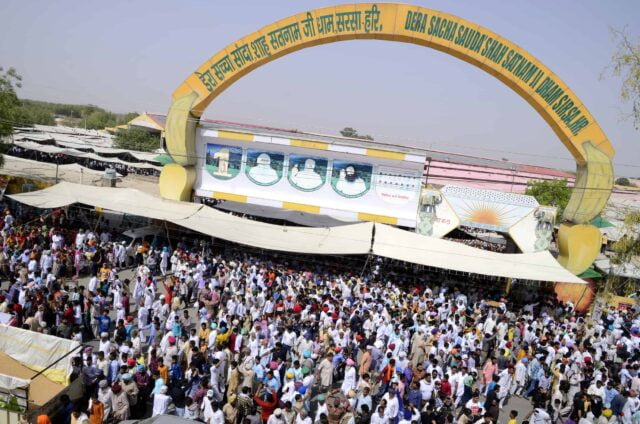

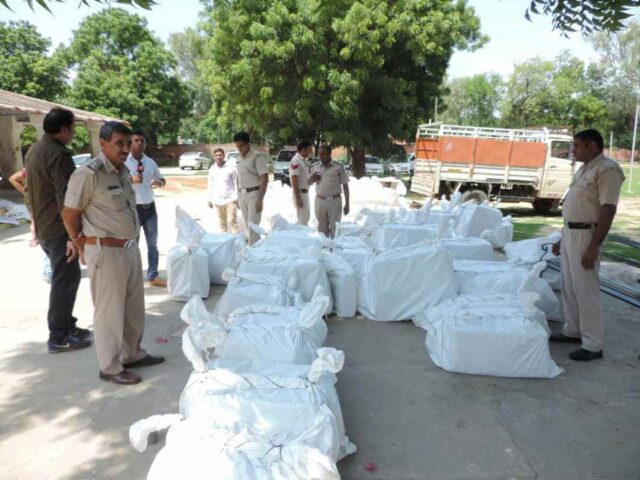
Read More: Bobby Deol’s Web Series Aashram Based On Tainted Godmen Expectedly Receives Backlash
Brahma Kumari
Lekhraj Khubchand Kripilani was an affluent diamond dealer who founded this spiritual organization which is based in Hyderabad.
Originally known as “Om Mandali,” since all members used to chant “om” in unison before making any decisions, the group also had an “Om Baba.”
This Baba, in 1935, used to claim to have seen some visions and had some transcendental experiences. Women and children of the Bhaibund caste contributed to the majority of his followers.
Patriarchy being ever dominant and omnipresent got bashed under this organization’s discourse. Women here had every right over themselves and their lives.
Ranging from the choice to marry, to choosing celibacy after marriage, women had freedom of all sorts.
But history has witnessed the extensive complex that men undergo whenever their control over women deteriorates. The men of the Bhaibund caste were not any different.
This led to the formation of “Anti Om Mandali”, much like the “meninism” of the 21st century. The attack extended to a large platform and proved such insecurity, that the base had to be shifted from Hyderabad to Karachi, and the partition caused it to shift further to Mount Abu.
The crucial rules of this cult are practicing celibacy, having a Lacto-vegetarian diet, and avoiding alcohol, tobacco, and non-prescription drugs.
The organization is doing so well that it has now been affiliated with the UN.
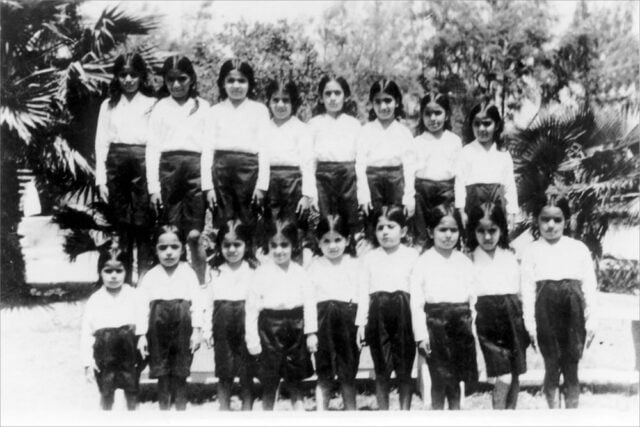
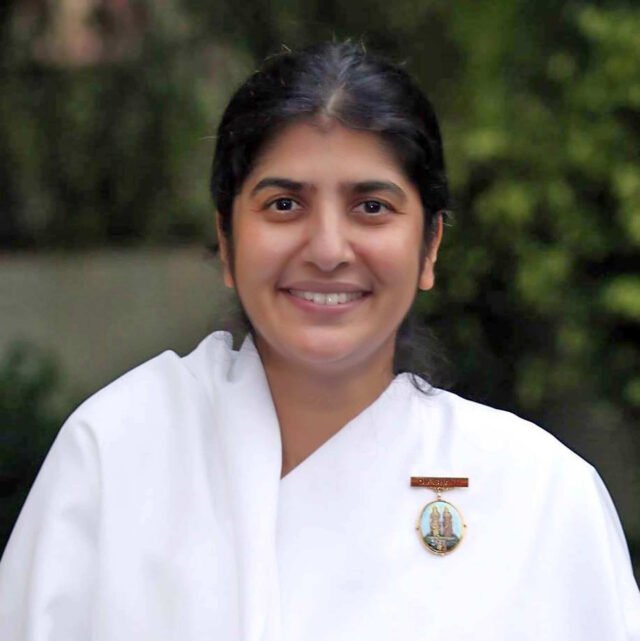

Rajneeshpuram
The guru we commonly know as Osho started the Rajneesh movement that was a spiritual group with ashrams in India and the US.
Osho’s real name was Chandra Mohan Jain and he was a student of philosophy. He spread words of wisdom all over India. He talked about free love, abortion, and the shackles of marriage.
Osho spread awareness about the irrelevance of human relations. He believed that marriages were nothing but breeders of dysfunction.
A critic of Gandhi, and a strong supporter of capitalism, technology, science, and birth control, Osho became the first eastern guru to accept psychotherapy with open arms.
He left India in 1981 and set up his HQ called Rajneeshpuram in Oregon, USA. The controversies began after a short while.
Osho’s spokesperson, Sheela, was found guilty of a bioterrorist attack along with some other group members at a local restaurant that led to severe food poisoning in 750 people and another 45 in the hospital.
She was brought to trial from Germany and Osho was deported back to India.

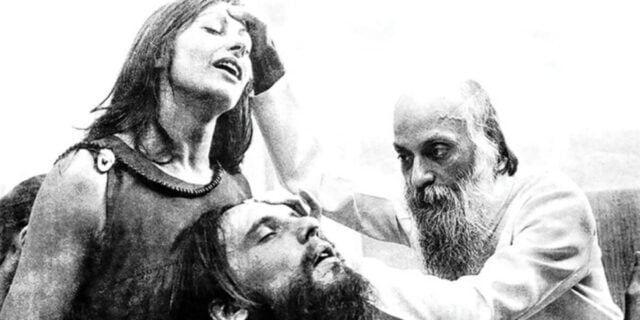

Daayan
Another cult that emerged in India was Daayan, in Harangul, a village in the Latur district of Maharashtra. The group was said to have witches that had evil spirits residing inside of them.
They were believed to bring bad luck, and many sightings had been reported around the 15th century.
If folklores are to be believed, a woman turns into a Daayan when her family treats her inhumanely or when she dies of unnatural death. She returns to haunt the living daylights out of male members and goes as far as drinking their blood to avenge herself.
With their energy residing in their hair, they are supernatural beings and talk in a secret symbolic language, unknown to humankind as of yet.
Believed to have been the handmaidens of goddess Kali and Durga, these Daayans are also known as Dakinis or Yogini.
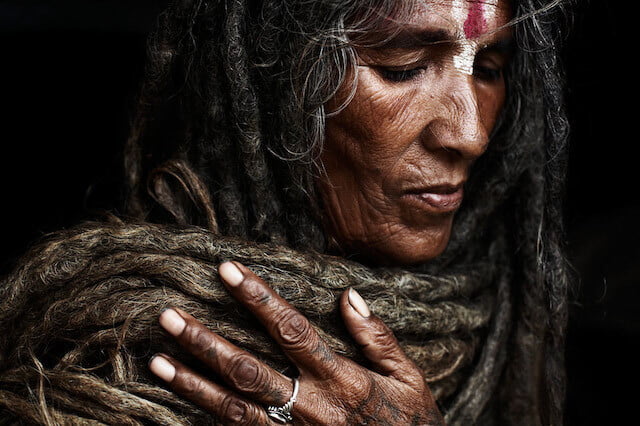
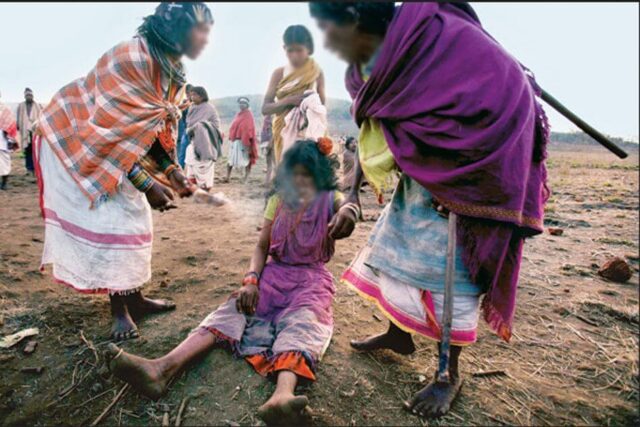
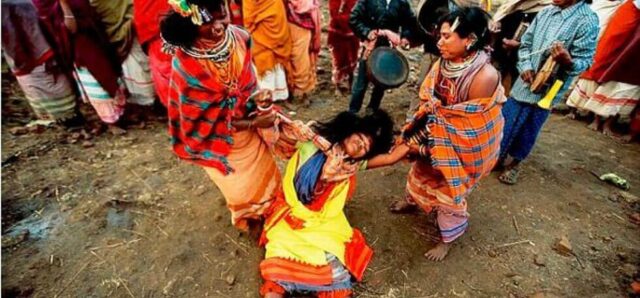
Thuggees
Infamous for being the world’s first organized mafia, Thuggees have been known for carrying out assassinations dating back to the 13th century.
Fanatics as they were, they practiced rituals religiously in the name of the Hindu goddess, Kali. Their tactic was the same: act friendly, accompany travelers under a fake guise, and then finding an opportunity, strangle the travelers.
Then they would go on to rob them off. Perhaps organized crime trended after the success stories of these Thuggees went viral.
As per the Guinness Book of Records, around 2M deaths have occurred at the hands of these Thuggees.
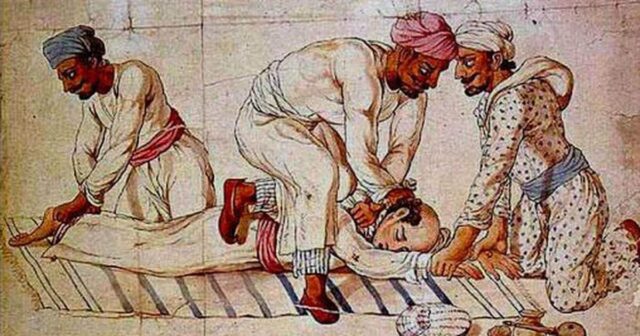
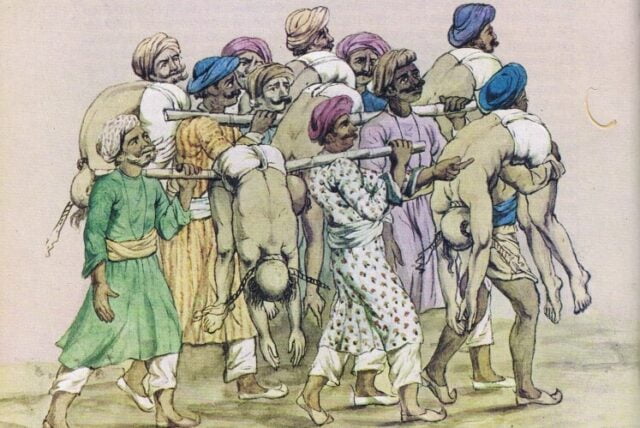
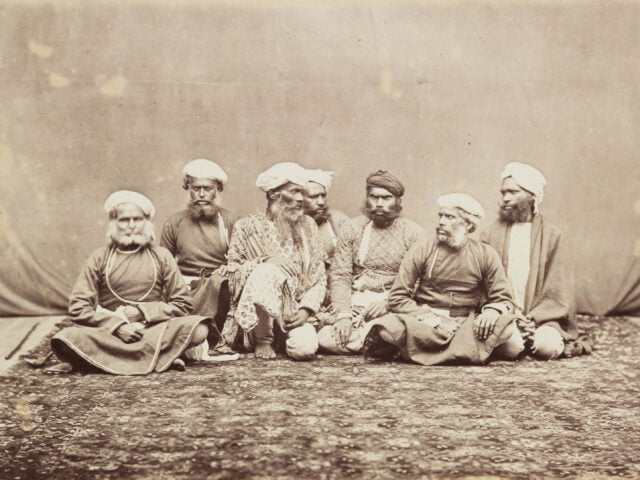

Aghori
Said to be around 1000 years old, this group traces back to Baba Keenaram, a 17th-century fanatic who lived till he was 170 years old.
Sighted generally at cremation sites in Varanasi, Aghori is also found in Himalayan caves, Bengali jungles, and deserts of Gujarat.
The salient feature of this set is cannibalism. This cult feeds on the raw flesh of the corpse brought to the cremation site. Sometimes, the corpse is roasted.
Aghori calls distinctions of the society delusional and does not bother about them. The difference between good and evil is foreign to them. So is the difference between human and animal flesh.
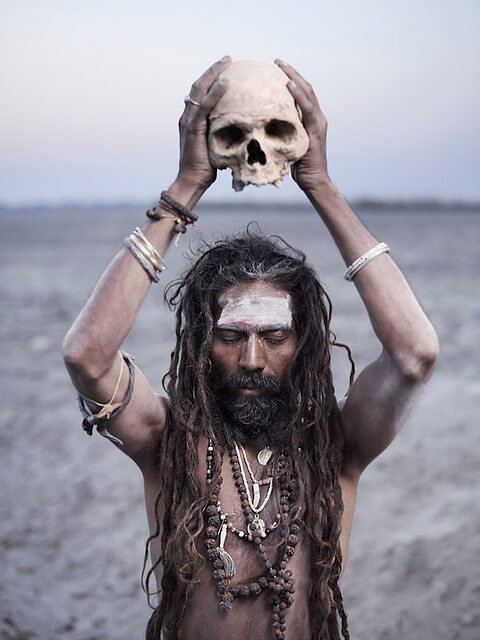

The Common Link Between Most Cults
Although varying in certain aspects and beliefs, most cults have one thing in common: psychological manipulation and pressure strategies.
Most of these cults religiously practice manipulating their followers into believing and doing whatever is asked of them and pressurizing them into the same in the false hope of nirvana attainment.
Generally speaking, they have similar and extremely compelling techniques of conversion that help them exploit the vulnerabilities of potential prey.
And the featured characteristics are depression, guilt, fear, paranoia, slow speech, the rigidity of facial expression and body posture, indifference to physical appearance, passivity, and memory impairment.
All of their leaders are charismatic and excel at public speaking. The only matter of concern is whether they use it for the common good or exploitative purposes.
Cults can be good since the power of persuasion is phenomenal, as seen in Brahma Kumari.
Image Source: Google Images
Sources: First Post, Home Grown, Jagran Josh
Find The Blogger: @evidenceofmine
This post is tagged under: cult, India, Indian cults, beliefs, customs, religion, religious movements, Indian religions, Indian religious customs, Dera Sacha Sauda, NGO, Mastana Balochistani, Sirsa, Haryana, Satnam Singh, Gurmeet Ram Rahim, ashrams, Naam, rituals, rape, murder, sadhvi, sexual assault, Brahma Kumari, Lekhraj Khubchand Kripilani, Hyderabad, Om Mandali, Om Baba, patriarchy, women, women empowerment, female empowerment, Bhaibund caste, Anti Om Mandali, meninism, feminism, Karachi, Mount Abu, United Nations, UN, Rajneeshpuram, Osho, US, United States, Chandra Mohan Jain, philosophy, love, abortion, marriage, Gandhi, capitalism, technology, science, birth control, psychotherapy, Oregon, bioterrorist attack, Sheela, spokesperson, food poisoning, Germany, Daayan, witches, Maharashtra, bad luck, evil spirits, hauntings, male members, folklores, avenge, revenge, supernatural, goddess Kali, goddess Durga, Dakini, Yogini, Thuggees, mafia, world’s first mafia, assassins, assassination, franctics, Guinness Book of Records, Aghori, Baba Keenaram, cremation sites, Varanasi, Himalayas, Bengal, Gujarat, cannibalism, corpse, flesh eaters, psychological manipulation, manipulation, pressure, strategies, false hope, nirvana, conversion, vulnerabilities, depression, guilt, fear, paranoia, rigidity, impairment, charismatic, speakers, exploitation, persuasion, persuasive power, India’s major cults, top cults of India
Other Recommendations:
The Hippie Trail: Tracing The Arrival Of The Hippie Subculture To India


































